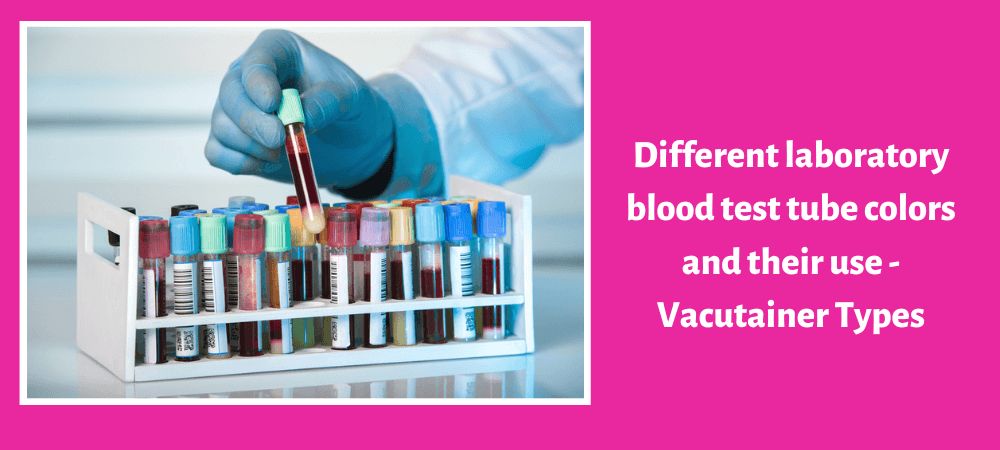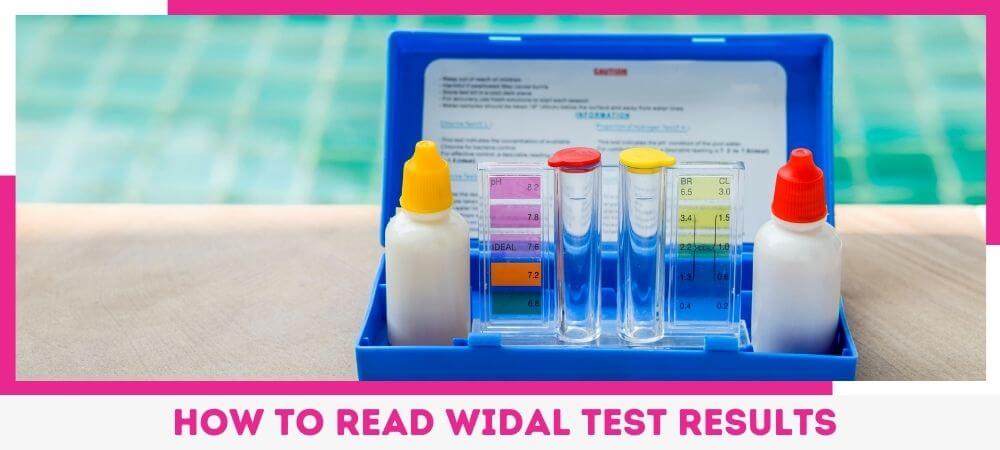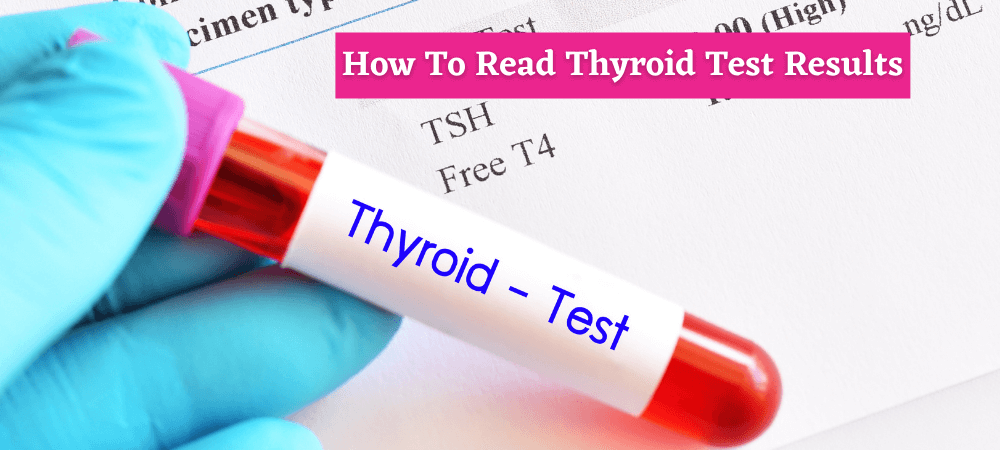Vacutainer blood test tubes
Vacutainer blood test tubes are a part of the vacutainer system. A complete vacutainer system consists of a vacutainer needle, holder, and blood collection tube. This system helps draw blood from patients and conduct different blood tests.
These tubes consist of various preservatives used to carry out blood tests. Vacutainer blood test tubes have a colored rubber cap on their top. This rubber is usually made up of glass or plastic and helps in creating a vacuum inside tubes. The tubes are sterile and have certain constituents that help preserve the specimen for longer.
Vacutainer tubes types
These blood test tubes have different types based on their function or constituents present inside the tubes.
1.) EDTA Tube (Ethylene Diamine Tetra Acetic Acid)
EDTA prevents clot formation as it acts as an anticoagulant in tubes. The EDTA blood sample can easily last up to 4 hours and at least a few days inside the freezer.
2.) Serum Tube (Serum Separating Tube)
The serum tube contains silica which causes blood clotting. In this way, it helps separate silica from the other factors.
3.) Coagulation Tube/ Sodium Citrate Tube
It is also known as a citrate tube as it contains sodium citrate.
4.) Heparin Tube Tests
There are two types of heparin tubes – sodium heparin tube and lithium heparin tube. The name itself reflects that these tubes contain heparin. It acts as an anticoagulant and helps prevent the formation of fibrin from fibrinogen which causes blood coagulation.
5.) Sodium Fluoride Tube
This tube helps to check glucose or lactate levels in the blood. Fluorine ions are added to inhibit the glycolysis process.
6.) ESR Tube
It is easy to identify because of its thin diameter. It gives valuable guidelines about any type of inflammatory process.
Usage of blood test tubes
The blood test tubes have the following applications:
- EDTA tubes have applications such as CBC (Complete Blood Test), HbA1C Test, Red Cell Folate, and PTH (Parathyroid Hormone).
- Serum separating tubes are used in Urea and Electrolytes, C-Reactive Protein (CRP), Bone Profile Tests such as Calcium, Phosphate, etc., and drug levels tests.
- Coagulation tubes have an application in the coagulation screen.
- Tests like Ammonia, Insulin, etc. are performed with the help of heparin tubes.
Color of blood test tubes
The color coding follows an international standard, depending on the constituents present inside the tubes. According to international standards –
- The EDTA tube has a lavender cap.
- The serum tube has a yellow cap if there is a serum gel separator and a red cap without a gel separator.
- The coagulation tube has a blue cap
- The heparin tube has a green cap
- The sodium Fluoride tube has a grey cap
- ESR tube has a black cap
In conclusion, different blood test tubes are used to carry out various blood tests. For further information, visit us at Grace Laboratory.






I am so much impressed. I am a student studying laboratory science at mertu institute of health and laboratory science.
Benjamin Sunny Nyuan
Student